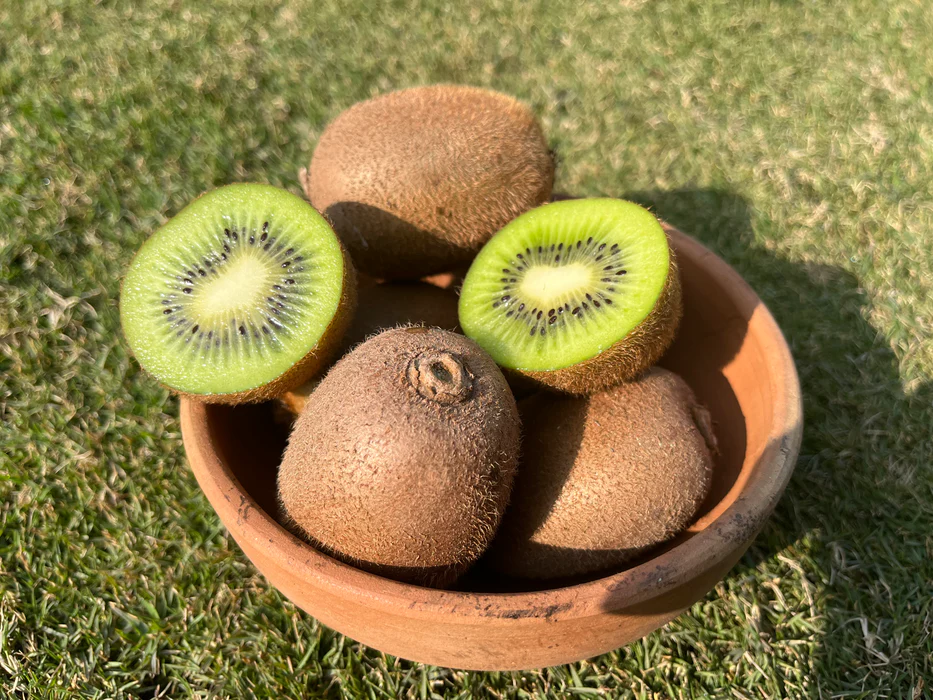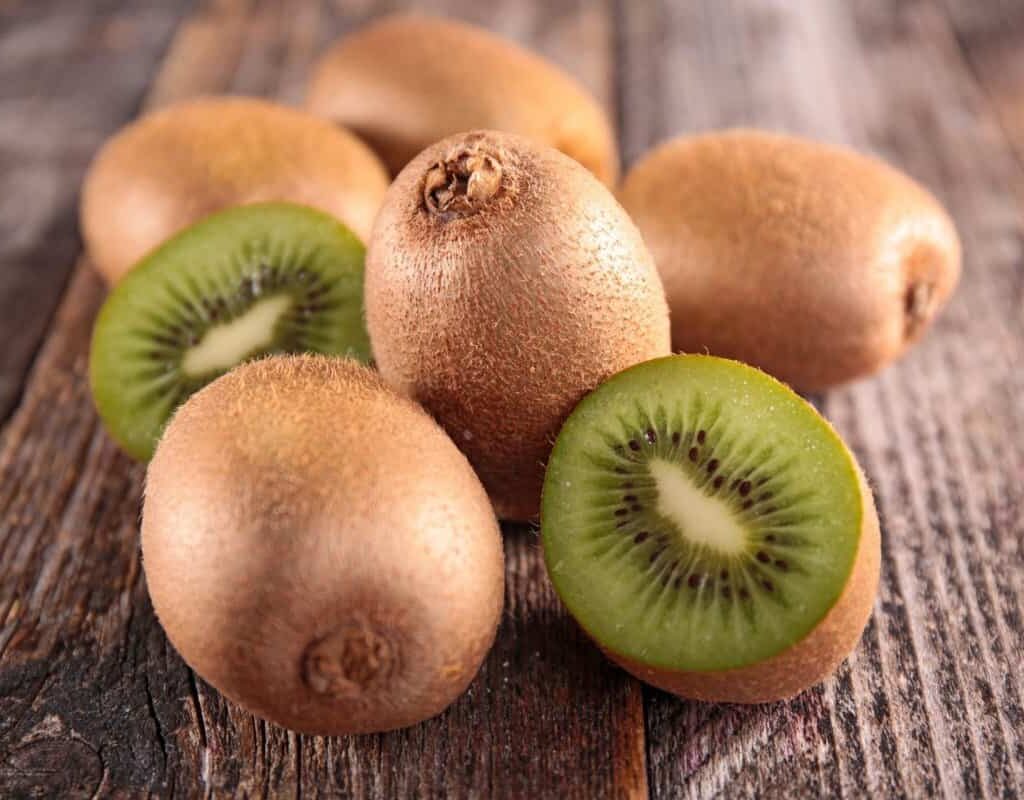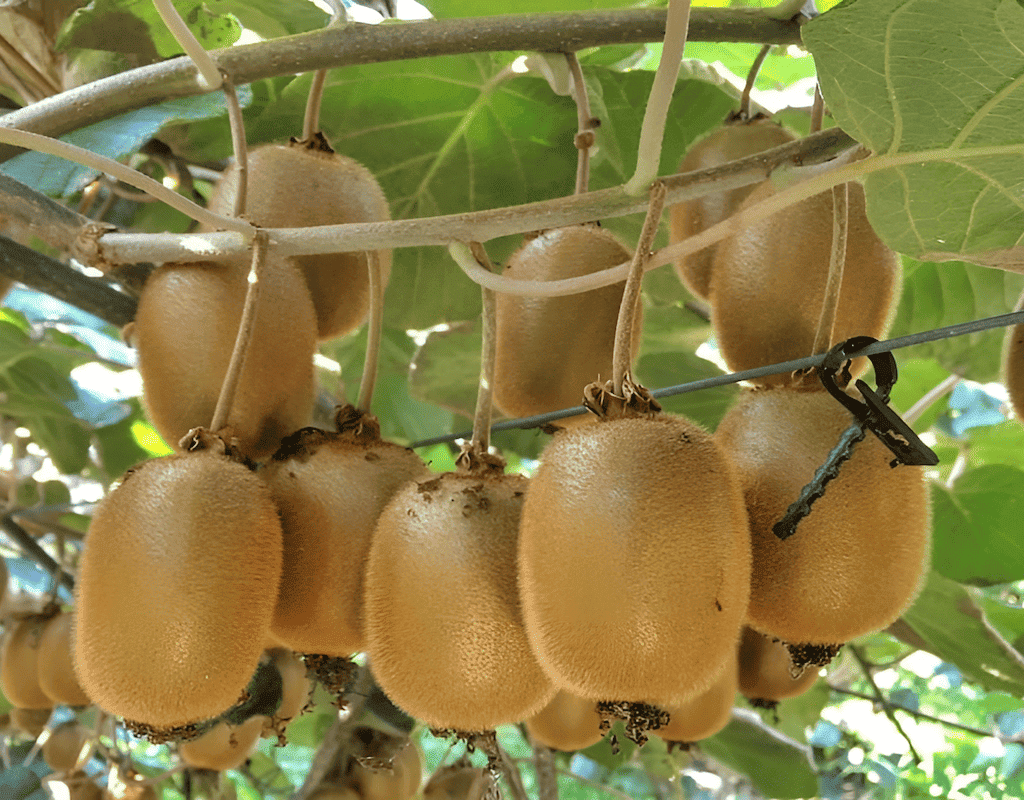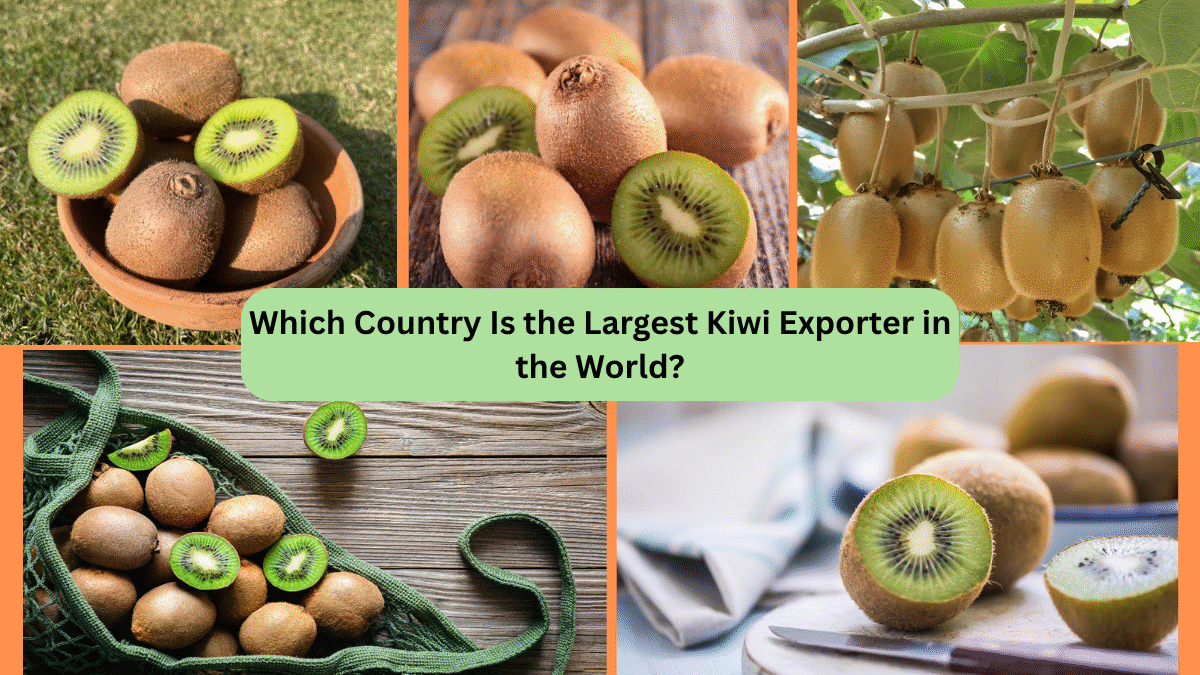The kiwifruit — with its vibrant green or golden flesh, speckled with tiny black seeds and wrapped in a fuzzy or smooth skin — has become one of the world’s most popular superfruits. Originally native to China, the kiwifruit’s commercial journey began in New Zealand, where it earned both its global popularity and its modern name. Today, the global kiwifruit trade spans continents, with one country leading the charge: New Zealand.
In this article, we’ll explore how New Zealand became the largest kiwifruit exporter in the world, examine other major players in the market, and unpack the factors driving this dynamic industry.
The Origins of Kiwifruit

Though many associate kiwifruit with New Zealand, it was first cultivated in the wild in the temperate forests of China, where it was known as the Chinese gooseberry. In the early 20th century, seeds were brought to New Zealand, where local farmers quickly recognized the fruit’s commercial potential.
To give it a marketing edge in Western markets and avoid trade barriers associated with the name “Chinese gooseberry,” the fruit was renamed “kiwifruit” in the 1950s — after New Zealand’s iconic flightless bird, the kiwi.
The Global Kiwi Market Overview
Today, kiwifruit is grown in over 15 countries worldwide, with notable producers including:
- New Zealand
- Italy
- Greece
- Chile
- Iran
- France
- China
The global kiwifruit market is valued at over USD 3.8 billion annually, with continuous growth fueled by its reputation as a nutrient-rich superfruit and its versatile use in desserts, smoothies, salads, and health-focused diets.
Which Country Exports the Most Kiwifruit?

New Zealand: The Global Kiwi King
New Zealand is the undisputed leader in kiwifruit exports, contributing nearly 45% of the global export market share.
In 2023:
- New Zealand exported over 630,000 metric tons of kiwifruit.
- These exports were valued at approximately USD 1.5 billion.
- The country ships to over 50 countries, with key markets including China, Japan, the United States, and European nations like Germany and the Netherlands.
Why New Zealand Dominates the Kiwi Export Market
Several factors have propelled New Zealand to the top of the global kiwifruit trade:
Ideal Growing Conditions
New Zealand’s temperate climate, abundant rainfall, and fertile volcanic soils, particularly in the Bay of Plenty region, create ideal conditions for growing high-quality kiwifruit.
Strong Industry Organization: Zespri
The success of New Zealand’s kiwifruit industry is largely credited to Zespri International, a grower-owned company and the world’s single-largest marketer of kiwifruit.
Zespri controls virtually all kiwifruit exports from New Zealand, ensuring:
- High-quality standards
- Uniform branding
- Efficient logistics
- Coordinated market access strategies
Zespri’s globally recognized brand carries significant weight in international markets, and its proactive cultivar development programs keep the industry competitive.
Premium Varieties
While traditional green kiwifruit (Hayward) remains popular, New Zealand’s development of the SunGold™ (a golden-fleshed, sweeter, less tart variety) has opened new premium market segments, commanding higher prices and consumer preference in Asia and Europe.
Counter-Seasonal Advantage
Because New Zealand’s harvest season runs from March to November, it complements the Northern Hemisphere’s off-season supply, ensuring continuous availability in major consuming countries.
Other Major Kiwi Exporters

While New Zealand dominates, several other countries play important roles in the global kiwifruit trade:
Italy
- Europe’s largest kiwifruit producer.
- Exports approximately 430,000 metric tons annually.
- Key markets include Germany, Spain, and France.
- Italy’s kiwifruit harvest runs from October to May, directly complementing New Zealand’s supply window.
Greece
- Rapidly increasing production.
- Exports have surged past 300,000 metric tons annually.
- Especially popular in Eastern Europe and Middle Eastern markets.
- Greece benefits from affordable land, favorable climate, and EU market access.
Chile
- Leading Southern Hemisphere competitor to New Zealand.
- Exports over 150,000 metric tons annually.
- Focused on North America and Asian markets.
- Chile’s kiwifruit season overlaps with New Zealand’s but benefits from different trade agreements.
Iran
- Growing presence in Middle Eastern and Asian markets.
- Annual exports of around 80,000-100,000 metric tons.
Global Kiwi Trade Trends
Several market trends are influencing the future of kiwifruit exports:
Rising Health Awareness
Kiwifruit’s reputation as a superfruit packed with vitamin C, dietary fiber, and antioxidants has driven demand in health-conscious markets.
Premium Product Demand
Golden kiwifruit, organic options, and specialty cultivars are gaining traction, with consumers willing to pay higher prices for quality and unique taste profiles.
Organic and Sustainable Production
Countries like New Zealand and Italy are investing in organic kiwifruit cultivation and sustainable farming practices to cater to eco-aware consumers.
Expanding Asian Markets
China, South Korea, and Southeast Asian countries are emerging as significant importers due to rising incomes and growing interest in healthy, imported fruits.
Challenges Facing Kiwi Exporters

Despite strong demand, the global kiwifruit trade faces several hurdles:
- Climate Change: Droughts, frosts, and plant diseases like PSA (Pseudomonas syringae actinidiae) threaten yields.
- Trade Barriers: Tariffs, phytosanitary regulations, and supply chain disruptions can limit access to some markets.
- Rising Production in Competing Countries: Countries like Greece and Iran are increasing production, offering lower-cost alternatives.
The Future of Kiwi Exports

New Zealand is expected to maintain its leadership in kiwifruit exports through:
- Continued investment in cultivar innovation (like red and gold kiwifruit)
- Expanding offshore production partnerships in Europe and Asia via Zespri licensing
- Strengthening its brand as a premium, sustainable, and high-quality supplier
Meanwhile, Italy, Greece, and Chile are set to expand their global presence, focusing on regional markets and counter-seasonal opportunities.
Final Verdict
So, to answer the central question:
Which country is the largest kiwi exporter in the world?
New Zealand — by a wide margin.
With over USD 1.5 billion in annual exports, a robust cooperative marketing system through Zespri International, and a reputation for premium-quality fruit, New Zealand continues to lead the global kiwifruit trade. Its dominance is reinforced by its innovative cultivars, counter-seasonal supply, and sophisticated global logistics network.
As global demand for nutritious, health-focused fruits grows, New Zealand’s kiwifruit industry remains a shining example of how agricultural innovation, coordinated export strategies, and quality branding can elevate a modest fruit to international superfood status.






Leave A Comment